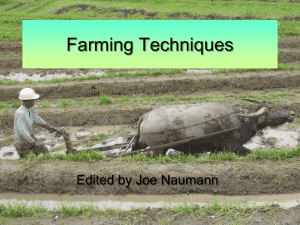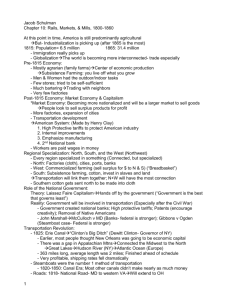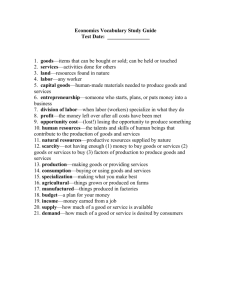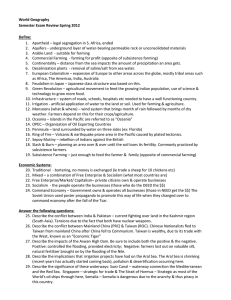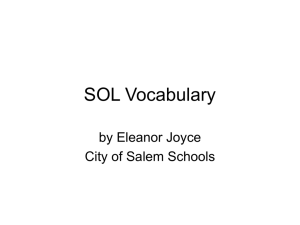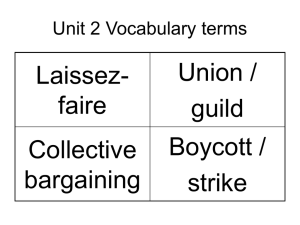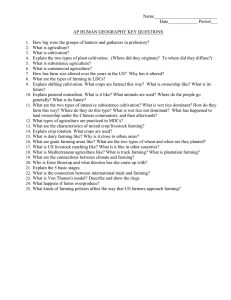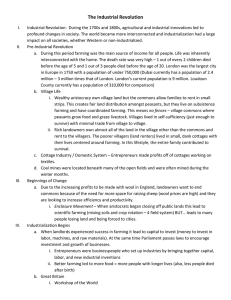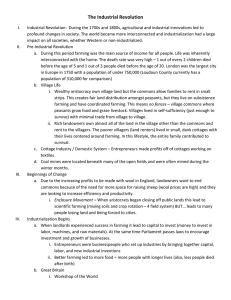Three Types of Economies
advertisement
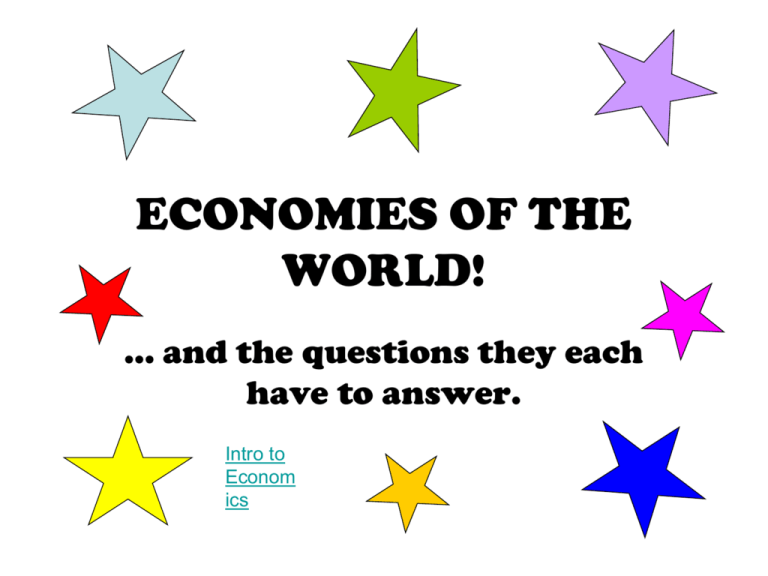
ECONOMIES OF THE WORLD! … and the questions they each have to answer. Intro to Econom ics Question one! • What should we produce? – Food? – Clothing? – Shelter? – Entertainment items/services? – Healthcare? – Education? Question two! • How do we produce it? – By hand? – In factories? – Small businesses? – Big businesses? – Do adults make the products? – Do children make the products? Question three! • Who are we producing it for? – Everyone? – Only the rich people? – Only the poor people? – Only for certain groups? Market Economy Question one! • What should we produce? – Whatever people will buy. Market Economy Question two! • How do we produce it? – Whatever way is cheapest! Market Economy Question three! • Who are we producing it for? – Whoever will buy it – If no one will buy it, we won’t produce it (supply & demand) Command Economy Question one! • What should we produce? – What the government thinks people will need Command Economy Question two! • How do we produce it? – By assigning jobs to the citizens – By using whatever capital resources available (including older factories and machines) Command Economy Question three! • Who are we producing it for? – We are producing it for every citizen, so everyone can have an equal amount Public vs. Private Businesses Public • Businesses owned by the government. • Examples: Court houses, schools, post office, fire stations, police stations. Private • Privately owned businesses. • Entrepreneurs • NOT government operated. • Examples: retail stores, grocery stores (Wal-Mart, Target, Publix) Traditional Economy Question one! • What should we produce? – The basics! The most basic things necessary to live. Traditional Economy Question two! • How do we produce it? – Mostly by hand or using basic tools. Traditional Economy Question three! • Who are we producing it for? – Ourselves, our families, or to barter if we have too much What is the difference between commercial and subsistence farming? Commercial Farming • Growing enough food to feed large populations. • *Think: Commercials on TV” sell to large amounts of people.* Subsistence Farming • Survival Farming; enough for themselves or their families. Entrepreneur • The person responsible for bringing the human, capital, and natural resources together to start a business. Human Resources (Capital): Workers with knowledge, skills, and experience to make goods and provide services. (Examples: Teachers, Cashiers) Capital Resources: Machines, factories, supplies (Examples: cash register, oven) Natural Resources: Raw materials to make goods-found in nature, such as: land, water, forests, minerals, soil. (Example: tree, fruit) Economics • Goods: Products(footballs, make-up, iPods, computers) • Services: An action performed for money (example- doctor, hairdresser) • Consumer: Person who buys and uses goods and services. • Producer: Person who makes or provides services. Specialization vs. Diversification • Specialization • Diversification
